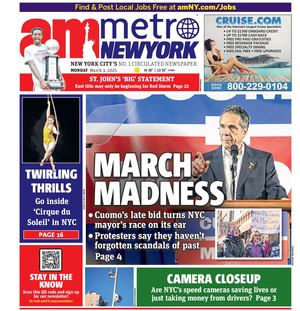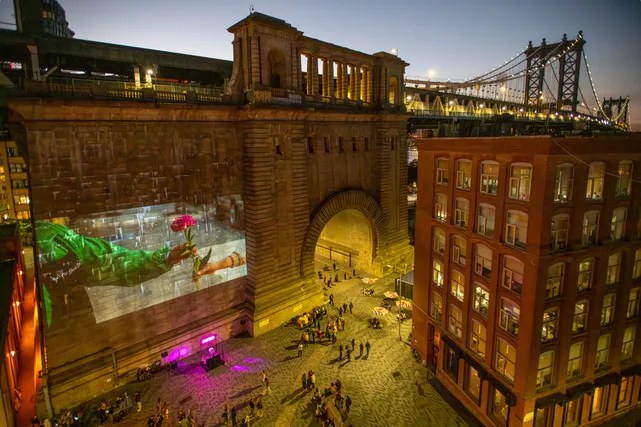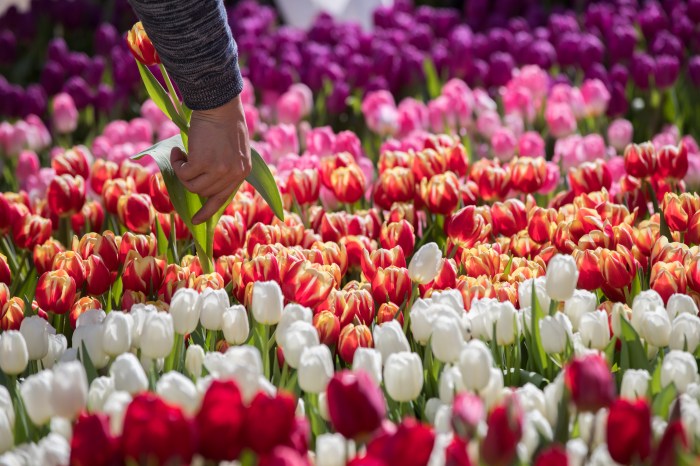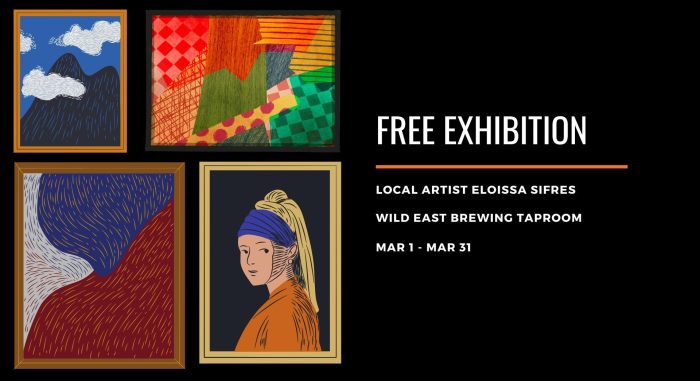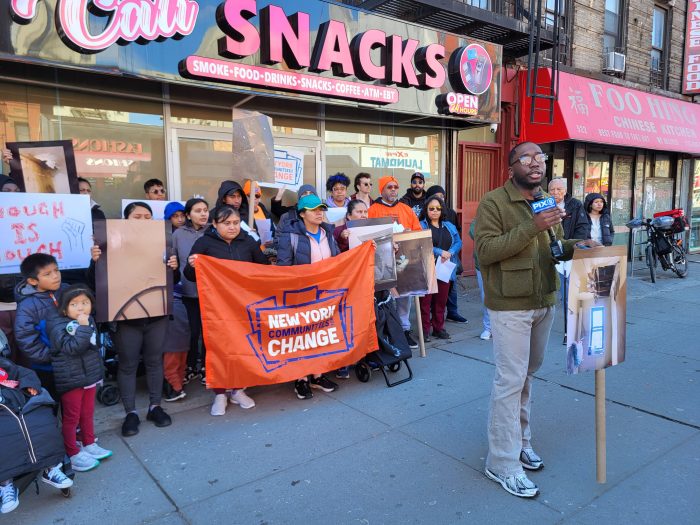Australia’s remote outback region, the Northern Territory, isn’t one for bustle. And that’s the point of exploring its unsettled terrains, with beaches that swim with crocodiles, desert horizons clipped by gargantuan rocks and cellphone reception that’s often cut entirely. Here, connect with Australia’s wildest side.
On the outback
A network of parks and reserves, many of which are partly owned and operated by Australia’s various Aboriginal peoples, form an outback-style road trip. Luckily, the Northern Territory boasts the continent’s highest and thrilling speed limits — more than 80 mph on certain routes. Just below Asia on the northern coast, Australia’s northernmost city, Darwin, serves as the gateway to the uppermost terrains referred to as the “Top End.” The adventure-filled outback lies beyond the sedate city’s sandy beaches, but local operators like Outback Floatplanes (outbackfloatplanes.com.au) start the journey straight from Darwin, whisking travelers on day trips to outlying billabongs aboard high-speed airboats and helicopters.
Natural springs
Beyond Darwin, Litchfield National Park is a sensible first stop, brimming with natural springs and towering waterfalls. For a double dose, two separate cascades fall over the cliffs at Wangi Falls to create one massive plunge pool. According to Aboriginal myth, it’s a women’s sanctuary, and spirits within the waters will sanction and drown men who attempt a forbidden swim.
Sweet sunrises
Onward, a series of destination sunrises should direct your course. Stay overnight in the adjacent Katherine region’s Nitmiluk National Park to catch the day’s first boat departure through Katherine Gorge, where looming sandstone cliffs are mirrored in the early morning’s still water (nitmiluktours.com.au). The nearby Kakadu National Park is another highlight at dawn. Departing before daybreak, a Yellow Water Cruise (kakadutourism.com) charters through protected wetlands as an orange and violet sunrise illuminates floodplains; like an Australian safari, birds swarm in the sky, buffalo stand in the distance, and crocodiles stalk every crook in the billabong.
Destination Uluru
Most travelers go out of their way to see Uluru (visitor pass $25; parksaustralia.gov.au/uluru), a massive sandstone rock formation that’s a 41⁄2-hour drive from Alice Springs, the closest notable town. The million-year-old monolith is surrounded only by a panorama of desert and scrubland. When light hits Uluru, it reflects opalescent colors that change throughout the day from ruddy afternoon browns to sunsets that glow from orange to rouge. From camel to helicopter rides, there’s no shortage of ways to see the spectacle in its natural state. And through March 31, 2017, “Field of Light” by artist Bruce Munro extends the show past nightfall. The temporary installation features 50,000 solar-powered bulbs planted at the foot of Uluru that pulse with color. For a second metamorphic experience equal to Uluru, Kata Tjuta, a group of massive domed rock formations that huddle together like orange gumdrops, is in the same national park.
Good to know:
Visa: For trips under three months, U.S. travelers must book an instant Electronic Travel Authority (ETA) Visa online (20 Australian dollars) ahead of time.
Tour guides: Tour operators are handy if not essential, as lengthy logistics are complicated and a myriad of permits are required to access national parks. Outfitters like Offroad Dreaming (offroaddreaming.com.au) can coordinate anything from group trips to self-led itineraries to equipped camping itineraries for sleeping under the stars.
When to go: A visit during the dry season (April through October) will almost guarantee no rain, and the cloudless skies allow vibrant and unobstructed sunsets in the north.
Layover in Sydney:
Sydney is a popular first stop for visitors heading Down Under. Here’s how to spend some time there.
Where to go: The harbor can’t be missed, with views of the iconic Sydney Opera House. It’s easily spotted from The Rocks, a historic section of the city full of markets, boutiques and free museums. Spending the day at Bondi Beach — a 15-minute drive from central Sydney — has long been a popular excursion for surfing.
Where to eat: Near Bondi Beach, brunch favorite Harry’s (2/136 Wairoa Ave.) serves ricotta pancakes that take an extra 15 minutes to prep and are well worth the wait. Porch & Parlour (17-18/110 Ramsgate Ave.), a corner spot with beach views, is perfect for lunch, while the newly opened cafe Coffee (135 Curlewis St.) is ideal for afternoon pick-me-ups.
Where to stay: If you’re staying over, there’s a new posh option. QT Bondi (6 Beach Road, Bondi) opened earlier this year, just a short walk from Bondi Beach.
